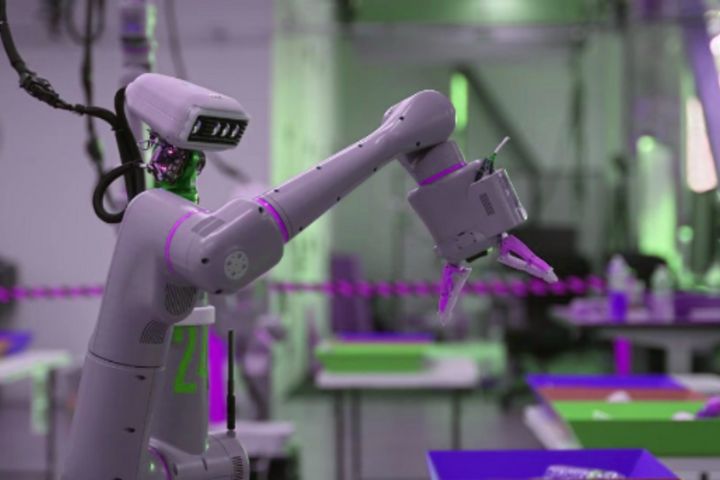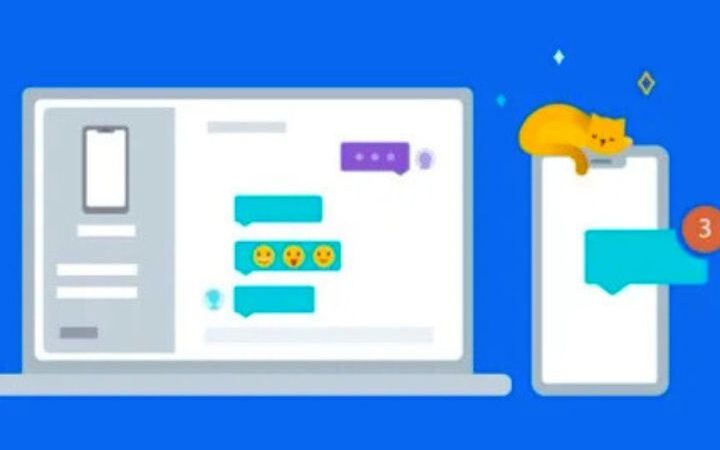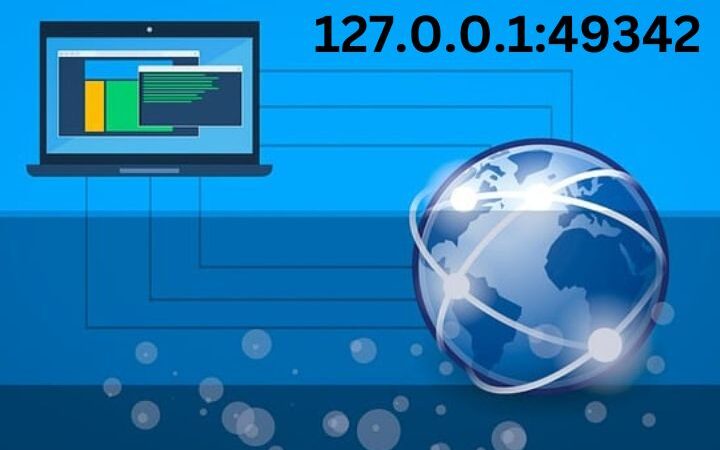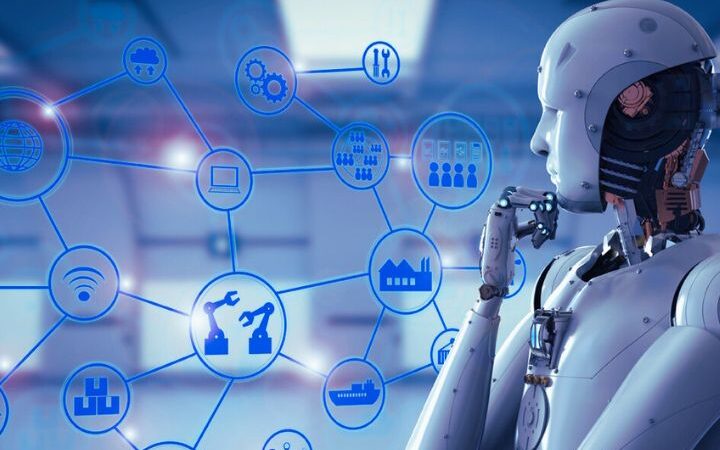New Legion Of Google Robots – The Complete Guide

New Legion Of Google Robots : The American company has developed an innovative artificial intelligence technology with the aim of making its robots respond more efficiently to human requests.
Google’s parent company, Alphabet, has brought together the understanding of the language of artificial intelligence (AI) and robotics to give ‘life’ to a robot that is capable of understanding human commands. A task in which they have been focusing since, approximately, last year in order to develop robots that can perform daily tasks. Now, his latest goal is to help people better communicate with robots via voice or text, and enable them to perform complex tasks with a better understanding of natural language.
A project promoted by the Everyday Robots company together with Google Research . At the moment, although the initiative is taking its first steps, the robots have already undergone a last update based on a better understanding of the language thanks to Google’s large language model (LLM) PaLM . The new project should help people communicate better with robots,” explains Google from its offices in Mountain View.
Helpful Robotics
Thanks to this new implementation, our wishes could be orders for the robots of the near future. This has been demonstrated by Google in a meeting with the press in its robotics laboratory in California, United States. There he showed those present the combination of elements of physical robotics with the skills and understanding of virtual chatbots . It has also done so by using one of these robots as waiters, to search for all kinds of food and offer it to the company’s engineers. Thus, although the robot can only undertake a dozen simple actions , it opens the door to a new step in the right direction regarding artificial intelligence to give multipurpose robots a new utility.
It is worth mentioning that, according to a report by Wired, the demonstration responds to how these robots need to react to an order, without giving them more instructions. The key is that by issuing the relevant commands for these robots to carry out their tasks, no code was programmed to know what to do in response to the orders of the engineers. And it is that the control software of these robots had learned to translate a phrase spoken by a person into a sequence of physical actions to carry out said task.
What Google seeks to achieve is not only to reduce the interaction with these robots to the minimum necessary for them to carry out complex tasks, but also to make interaction with humans possible in complex environments. To do this, the researchers say, they have been feeding large amounts of text from physical and digital documents into specific machine learning models. For the moment, however, of course, this comes with limitations. Despite the power of PaLM, it is not known whether this system would be able to fluently understand very fluent sentences or commands., as opposed to how you do it with simple commands. According to Brian Ichter, a research scientist at Google, this project could lead to methods for building language models with a better understanding of reality.






